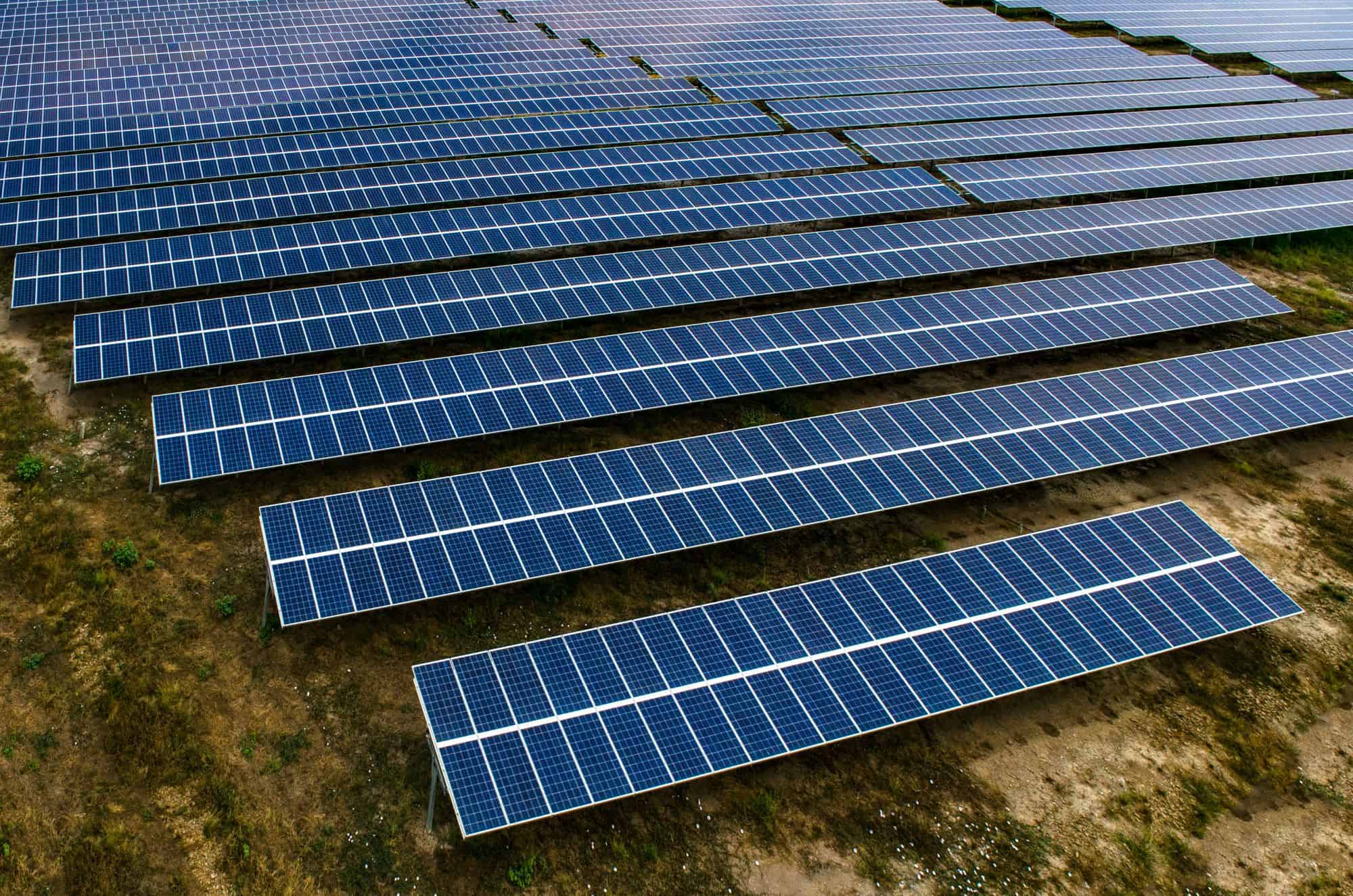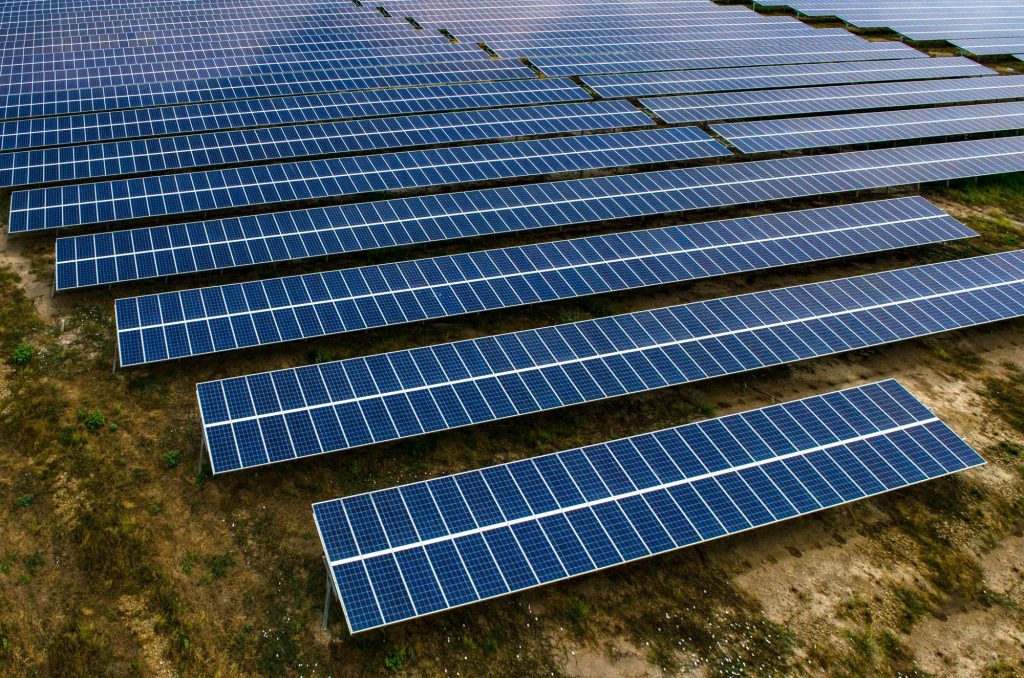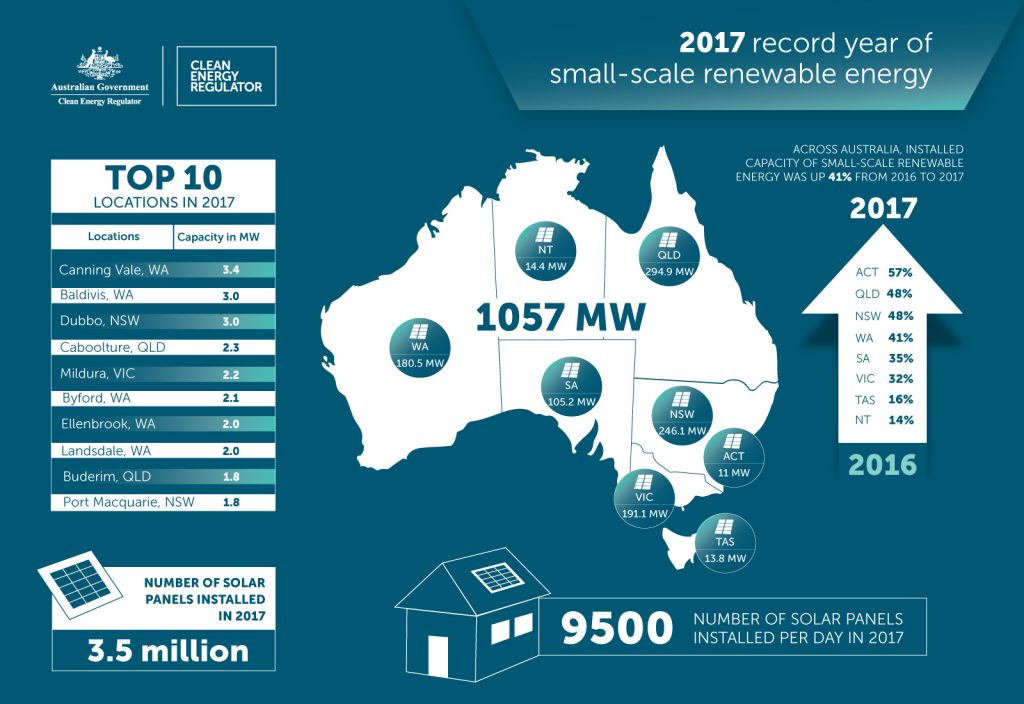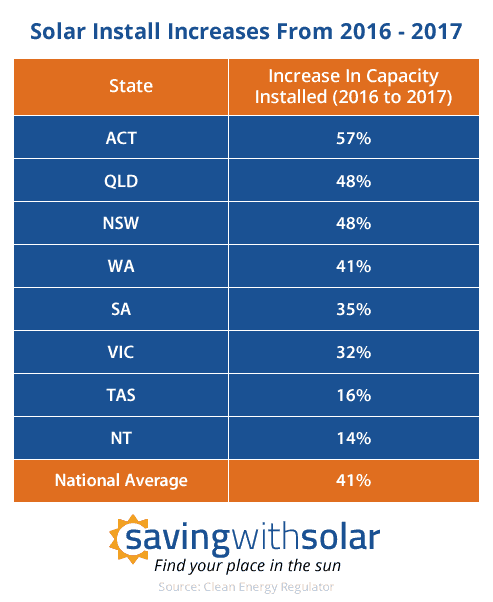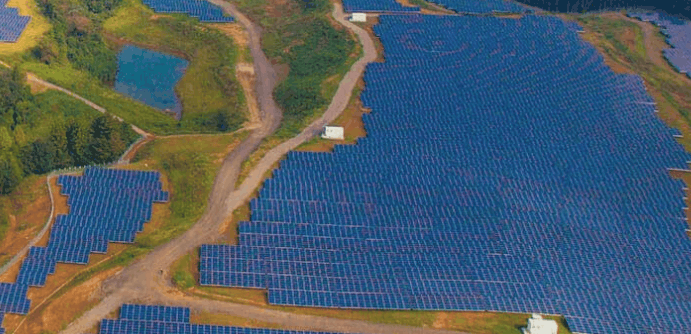Australian based ‘solar retailer’ DC Power Co has attracted 15,000 investors, reached and exceeded its minimum crowdfunding target of $1.75m so it’s now able to start trading and offering solar-power generated electricity to customers. The company is built “for solar system owners, by solar owners” and promises to offer an eco-friendly alternative to traditional retailers.
About the DC Power Co.
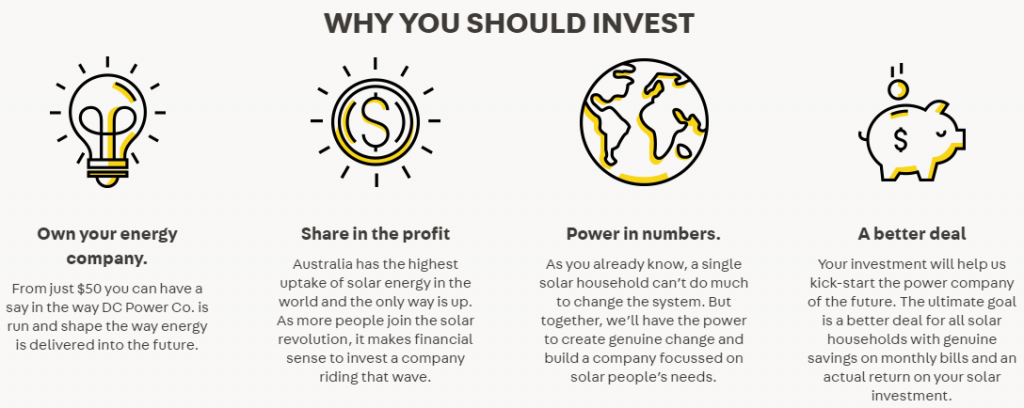
Having received initial funding from the Australian Renewable Energy Agency (ARENA) as part of ARENA’s Advancing Renewables Program, they’re now looking to raise another round of money to get the company going. Co-founder Nic Frances Gilley discussed with ARENA the way DC Power Co’s business model is designed around solar transparency:
“Until now, solar users have had to make do with whatever their energy company has offered them, with very little transparency about how much they are saving or could be saving, because their business model relies on customers consuming more energy,” Mr Frances Gilley says.
“Because we don’t have to sell them energy to make money, we can help them reduce their energy costs and use their system better,” he says. “We are about people making the most from their solar panels.”
Back in February in an interview Mr Frances Gilley said DC Power Co. were hoping to raise $4.75m. It doesn’t look like they’re going to make that much but the campaign has reached $2.15m so far. There is still enough money to get the company going and there are still two days left in their crowdfunding campaign at OnMarket.
Shouldn’t be too long until we see the next steps from these guys – where they’ll be offering a free solar performance check to ensure your rooftop solar panels are working correctly. DC Power Co. research shows that 57% of solar users (“tens of thousands of households”) don’t know what their solar system is even doing (or if it’s even on at all!).
If you want to invest in their crowdfunding (you have until midnight on Sunday the 15th of April) or learn more about the business model please click here to visit the DC Power Co. website. Otherwise we have embedded a video below which will explain more about the company and what their goals are. It’ll be interesting to see how how this solar IPO goes.


